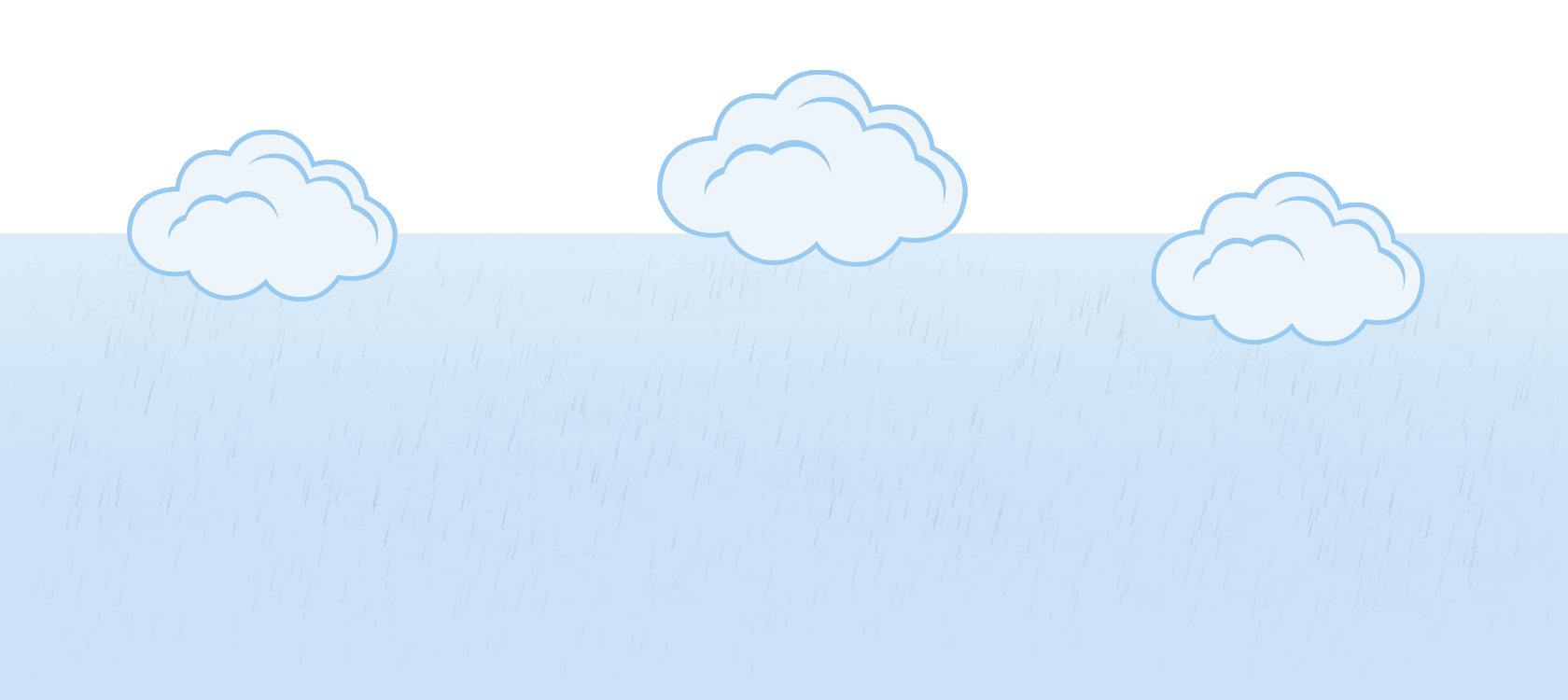In Beyond Weather and the Water Cycle, we’re exploring Climate Literacy: The Essential Principles of Climate Sciences, which summarizes the most important principles and concepts of climate science. In addition to the seven essential principles, the document also includes a Guiding Principle for Informed Climate Decisions. It states:
Humans can take actions to reduce climate change and its impacts.
How can elementary teachers incorporate this guiding principle into their classroom? An emerging best practice from climate research is that teachers are better able to avoid overwhelming students, transcend boredom, and engage students by weaving science content with solutions. In this column, we help you and your students make the connection between knowledge and action.
In this issue, we explore Essential Principle 3: Life on Earth depends on, is shaped by, and affects climate. Our science lessons and activities and feature story focus on the idea that plants are adapted for life in certain environments, which made us think about the plants we eat. Where do these plants grow naturally? How are they transported to us? Are there ways to make more climate-friendly choices in terms of the foods we eat?
Many of the fresh foods we consume travel long distances to reach our grocery stores and dinner tables. This is due to purchasing food that does not naturally grow in our own climate (bananas in the northern United States) or food that is out of season for our area (tomatoes in the Midwest in winter). Making a conscious choice to eat locally grown and seasonally available food can reduce the amount of energy it requires to transport your food from field to table.
A great way to introduce students to the concept of eating locally and seasonally is with a school garden. By researching the types of local garden crops and planning a timeline for planting and maintaining the garden, students will develop an understanding of the benefits of locally grown food. The following resources are helpful when planning and implementing a school garden.
The Edible Schoolyard
Get inspired by chef Alice Waters’ project to transform the health and values of students in Berkeley, California. Learn how students are involved in growing, harvesting, and preparing seasonal produce and how teachers integrate related concepts into the core curriculum.
School Garden Wizard
This comprehensive resource includes information on making the case for a school garden, developing a plan, creating the garden and connecting it to student learning, and maintaining it over time. The site was created through a partnership between the United States Botanic Garden and Chicago Botanic Garden.
KidsGardening
This site, created and maintained by the National Gardening Association, includes a wide variety of resources about gardening with children. Sections of the site are dedicated to grants and fundraising opportunities and resources for school and family gardens. A garden registry allows schools, communities, and individuals to join the site and share their experiences with others.
Garden as a Teaching Tool
This site provides information on planning a sustainable garden at three different budget levels, as well as tutorials on how to construct wheelchair-accessible raised beds, and bird-feeders.
Climate Resources for Master Gardeners
The Community Collaborative Rain, Hail, & Snow Network (CoCoRaHS) has produced a guide that introduces elements of climate important to gardeners. The guide includes an overview of climate patterns and differences as well as links to local climate information. Even if you aren’t a master gardener, you may find these resources helpful as you plan and implement a school garden.
This article was written by Jessica Fries-Gaither. Jessica is an education resource specialist at The Ohio State University and project director of Beyond Penguins and Polar Bears. She has taught in elementary and middle school settings. Email Jessica at beyondweather@msteacher.org.
Copyright August 2011 – The Ohio State University. This material is based upon work supported by the National Science Foundation under Grant No. 1034922. Any opinions, findings, and conclusions or recommendations expressed in this material are those of the author(s) and do not necessarily reflect the views of the National Science Foundation. This work is licensed under an Attribution-ShareAlike 3.0 Unported Creative Commons license.




